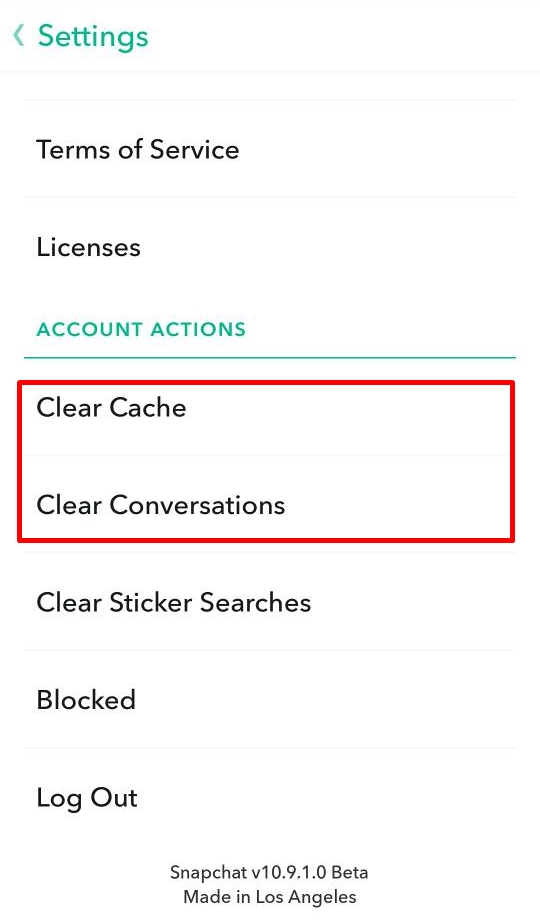

- #Lutcalc wont load settings driver#
- #Lutcalc wont load settings free#
- #Lutcalc wont load settings windows#
This generated LUT will compress all tonal and color information without any clipping. If final image too dull or black is too clipped you can experiment Input/Output Range:Legal/Data, but most time its ok to leave it as is. output gamut: LC709 (actually i prefer Amira709 but some time ago Alexa-X-2 and Amira709 gamuts where temporary removed from LUTCalc) output gamma: Alexa-X-2, Amira709 (developed by Arri) or LC709 (developed by Sony) input gamut: rec2020 or any other wide gamut you prefer (you need this conversation because native BMDfilm input color space is missed in LUTCalc) input gamma: Cineon or BMDfilm (i prefer work in Cineon gamma) Use custom generated with LUTcalc to compress color space and LOG gamma without clipping. Use color space transform in Ofx to convert BMDfilm to more common color space and LOG gamma, for example to REC 2020 with Cineon gamma. This should give you a fairly neutral starting point (with any further adjustments made in previous nodes). The simplest way to normalize footage is to put one of the supplied 3ds lut on the last node of the grade, for converting UM4.6k film (log) to rec 709. I don't believe that using color space transform actually normalizes log footage, or that it was meant for that purpose.Ĭan't speak to using ACES in Resolve with UM4.6k footage, but it doesn't work well in my view with BMPCC footage. I'm sure experienced colorists will just work from a log image and adjust levels and saturation as they please and achieve amazing results, but for a non colorist like me, i really enjoy that a computer program gets me there so I can start grading from there. I like this method very much and i was curious if other people here are using this. Then, setting the aces input and output from the color managment tab. It gets me to a very natural color rendering Ģ- change colorspace in project settings from yrgb to davinci aces.
#Lutcalc wont load settings free#
You may want to check that your CPU scaling governor is set to performance.I started experimenting yesterday with two different methods:ġ- using color space transform in Ofx resolve free plugins. Linux Performance Considerations ¶ CPU Performance Scaling ¶ This feature has been known to negatively impact xemu performance. It is recommended to disable "Multi-threaded Optimizations" in the nVidia Control Panel. You can confirm which GPU xemu is actually using by looking at the "xemu.log" file.

In Windows, you can specify which GPU should be used for a particular application by navigating to Display settings→ Graphics settings.
#Lutcalc wont load settings driver#
However, system configuration and your graphics driver ultimately decide which GPU xemu is initialized with. By default, xemu will request the high-performance discrete GPU. In some systems you may have both integrated and discrete GPUs. Background Processes ¶Įnsure any background processes are not consuming your system resources by checking the system task manager. If you are using a laptop, connect your AC adapter to prevent throttling.
#Lutcalc wont load settings windows#
Windows Performance Considerations ¶ Powersave vs Performance Power Management Profile ¶Įnsure your computer is using a Performance power management profile.

Troubleshooting Frequently Asked Questions ¶


 0 kommentar(er)
0 kommentar(er)
